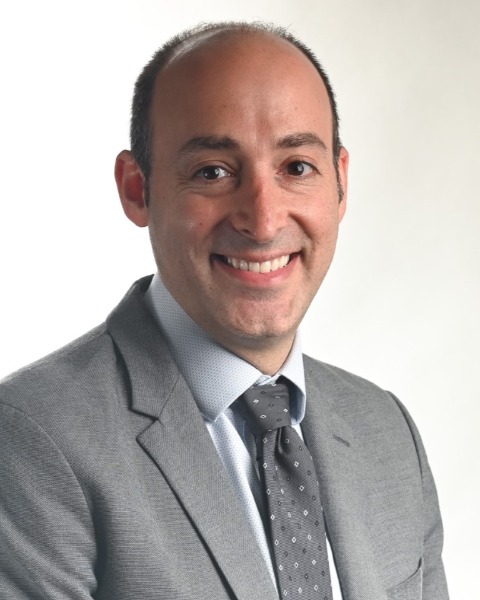Imaging
Use of Virtual Anatomic 3D-Models in Education and Medical Device Testing: What we can learn from @VisibleHeartLab
- JM
John T. Moon, MD
Resident Physician
Emory UniversityDisclosure(s): No financial relationships to disclose
- HL
Hanzhou (Hanssen) Li, MD
Resident Physician
Emory University School of Medicine - PD
Param Desai, n/a
Student Author
Biodesign and Innovation of Minimally Invasive Technologies (BIMIT) Lab - RW
Richard Wu, BS
Medical Student
Emory University School of Medicine 
Zachary L. Bercu, MD, RPVI (he/him/his)
Associate Professor
Emory University School of Medicine
Abstract Presenter(s)
Author/Co-author(s)
Educational objectives of the following exhibit include: (1) understanding the applications and impact of 3D-models in patient education; (2) understanding the applications and impact of 3D-models in trainee education; and, (3) understanding how 3D-models can improve and accelerate medical device development.
Background: The potential impact of growing virtual reality (VR) technologies in Interventional Radiology (IR) remains untapped. However, the Visual Heart Lab has explored VR uses in medical device development and patient and trainee education. Based in the University of Minnesota, the lab was founded in 1977 by Dr. Iazzo et al and Medtronic for research on translational physiology with expansion to include 3D modelling to help inform patients and their families of anatomic defects and associated therapeutic medical device placements. Eventually, their 3D anatomic data set was also used to inform medical device development in catheter technologies.
Clinical Findings/Procedure Details: Given the importance of patient and family education in pre-surgical consultation, VR-based 3D models can educate patients on their specific anatomic abnormalities. Patients can interact with the model through a virtual interface developed using Unity (California, USA) and C++ coding, where tools can be imported to demonstrate an intervention, such as a transcatheter replacement of a defective valve. Similar approaches to patient education for complex IR procedures may significantly enhance patient and family understanding and satisfaction. The Visual Heart lab has also been used to virtually introduce new medical technologies in pathologic anatomy to educate physicians on the benefits, limitations, and nuances of novel medical devices in an interactive display. Lastly, the Visual Heart Lab’s platform has been leveraged to educate patients and physicians to accelerate medical device development. With a large volume of organ-specific pathology from the hospital, the lab has been able to simulate device placement within many pathologic, anatomic variants to unveil device design constraints for further iteration.
Conclusion and/or Teaching Points: The Visual Heart Lab has developed a successful VR-based program for patient, family, and physician education. Its further use of the VR-based platform has accelerated medical device development. This pipeline to improved patient care and acceleration of medical device development is one that can be emulated in IR.

.png)
.png)
.png)
.jpg)
.jpg)
.png)
.png)
.jpg)
.png)